I'm a sick, sick girl. Once a week, for work, I am assigned to go in a plane and focus an insane amount of energy watching and counting ducks from a plane. Then after an intense day of not stop ducking, I have to listen to the audio recording of my notes, tally the numbers and enter them in to a database. If I have time, I try to enter the numbers in to eBird or write up little articles of our progress for the park service or other organizations.
So. What do I do on my mornings off?

I watch freakin' ducks! There was a report on the listservs of a long-tailed duck on Vadnais Lake in St. Paul. But of more interest to me were the numerous other species of ducks reported on the lake. It was mostly ring-necked ducks (there's a few mallards in the above photo too). So, I headed out. I didn't care if I got the long-tailed, I've seen them before, but some non work related duck watching sounded good.

In fairness, we didn't fly last week because of that massive wind storm/"landcane"/record low pressure system. The 45 mph winds made flying 100 feet above the river a wee bit too dangerous. Perhaps, I was feeling a bit of duck withdrawal--I was torqued and ready to go and then got the rug pulled out from under me. I do appreciate ducks in the fall. Most birds are brown and somber in coloration. Male ducks--still quite colorful--above with the ring-necked ducks are a lone bufflehead and a redhead.

Here was the view of Lake Vadnais. This view was from a pull0ut lot of the road. Some trumpeter swans were near the shore along with a few mallards. The large raft of ring-necked and other ducks were just beyond. I situated myself against a tree and the swans paid little attention to me. As they swam closer, the larger raft of ring-necks didn't seem to to be disturbed by me.

As other birders continued further down the road, the raft of ring-necks drifted towards the swans...and me! I really enjoyed the pressure of enjoying duck colors and numbers without the pressure of counting and documenting.

The lighting was so perfect, I could actually make out the ring on the neck of the ring-necked ducks (bird in dire need of a name change).

Here's a pair of goldeneye that were mixed in with the ring-necks.
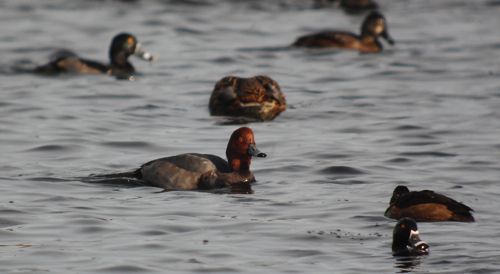
The raft of ducks were in a feeding frenzy, bobbing and dipping--the yellow eyes on most of them gave the whole party a maniacal look. Here's a closer look at the redhead duck (love the ring-neck with just its head visible in the lower right corner).

If you find a raft of ducks in your area, take a few moments to soak up those colors before they fly off when the water freezes.

 We're down to the bitter end in migration. The
We're down to the bitter end in migration. The 
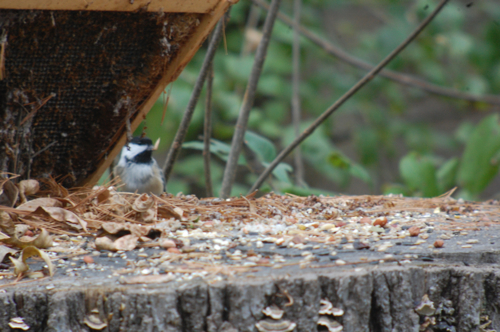
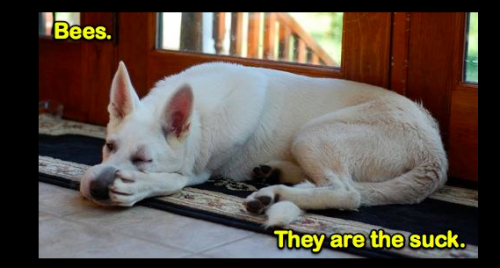 You may recall that earlier this summer, Mr. Neil's newest dog
You may recall that earlier this summer, Mr. Neil's newest dog 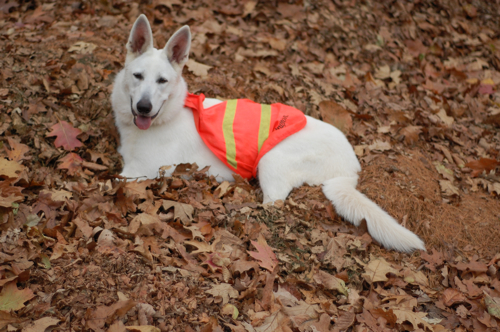
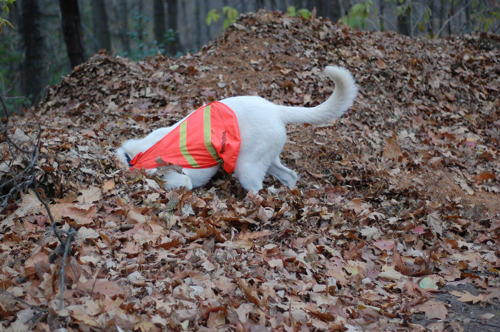
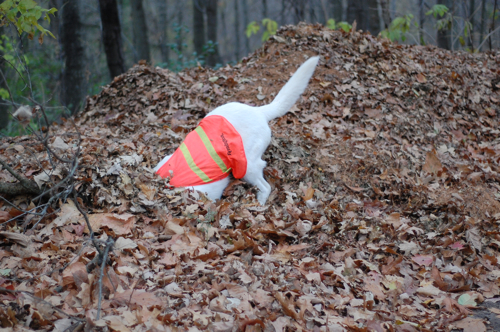
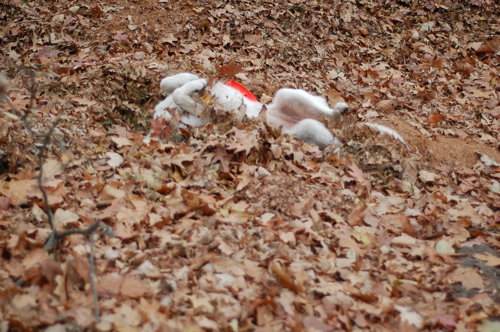
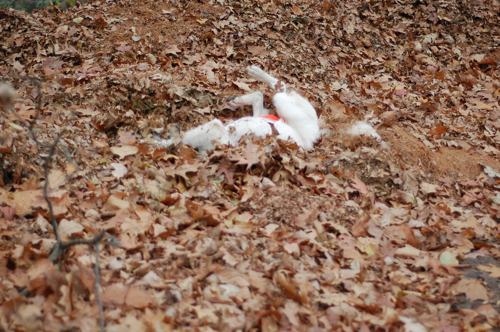
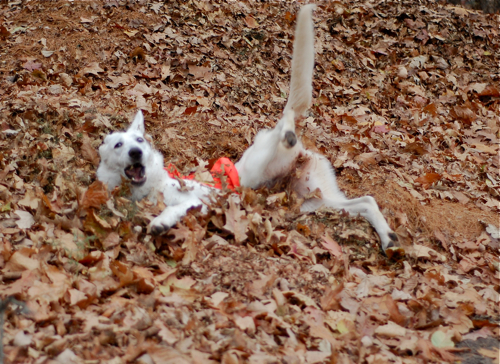
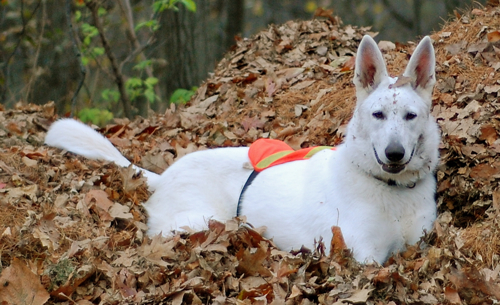
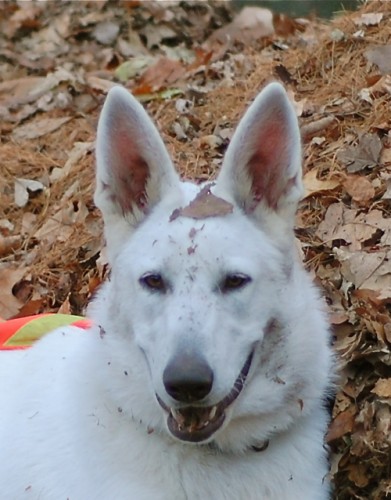
 I found this nuthatch meticulously searching beneath each shingle for insects to eat. Woodpeckers aren't the only birds looking for insects off the sides of houses.
I found this nuthatch meticulously searching beneath each shingle for insects to eat. Woodpeckers aren't the only birds looking for insects off the sides of houses. The lone bee!
The lone bee!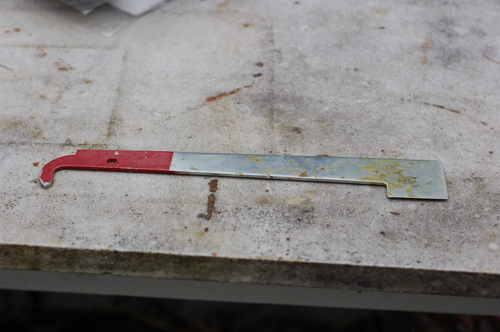
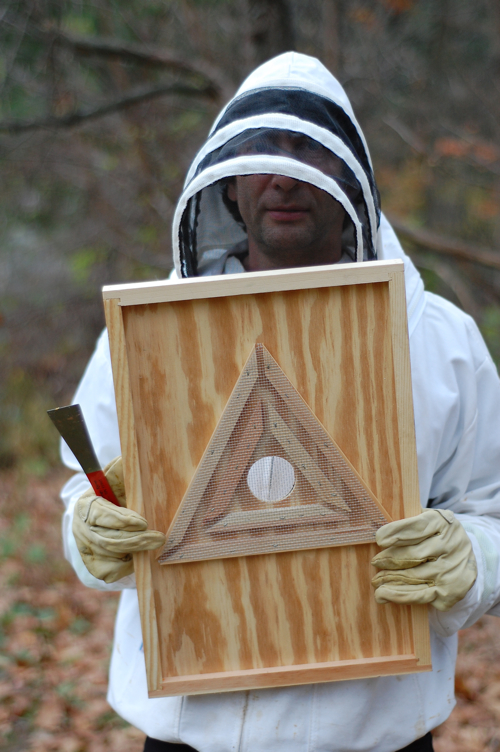
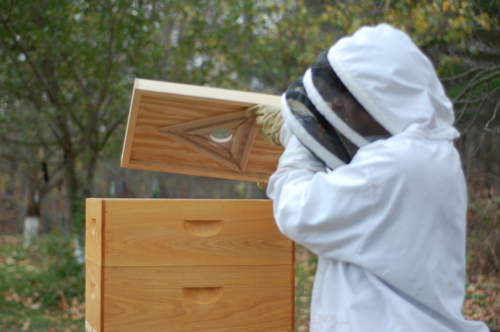 You place the escape on top of the supers or boxes that you do not want to remove and place it so the triangle side is on the inside of the hive. The top has a hole, the bees crawl down that and out the triangle to join the rest of the hive at night. The next day, when they try to return to the other honey supers, they can't figure out the triangle maze and don't go back.
You place the escape on top of the supers or boxes that you do not want to remove and place it so the triangle side is on the inside of the hive. The top has a hole, the bees crawl down that and out the triangle to join the rest of the hive at night. The next day, when they try to return to the other honey supers, they can't figure out the triangle maze and don't go back.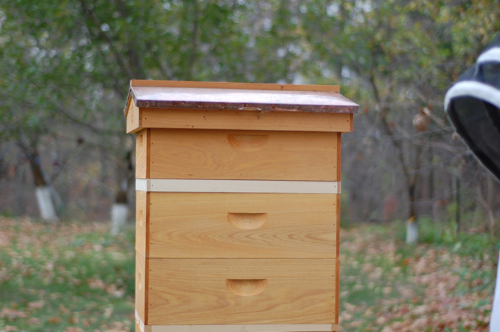
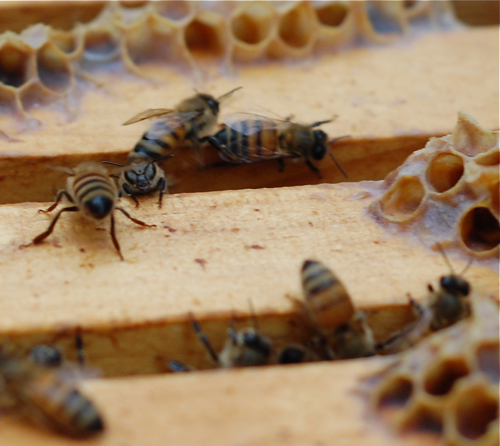





 This downy woodpecker who appears to be under the impression that he is completely hidden from my spotting scope.
This downy woodpecker who appears to be under the impression that he is completely hidden from my spotting scope.